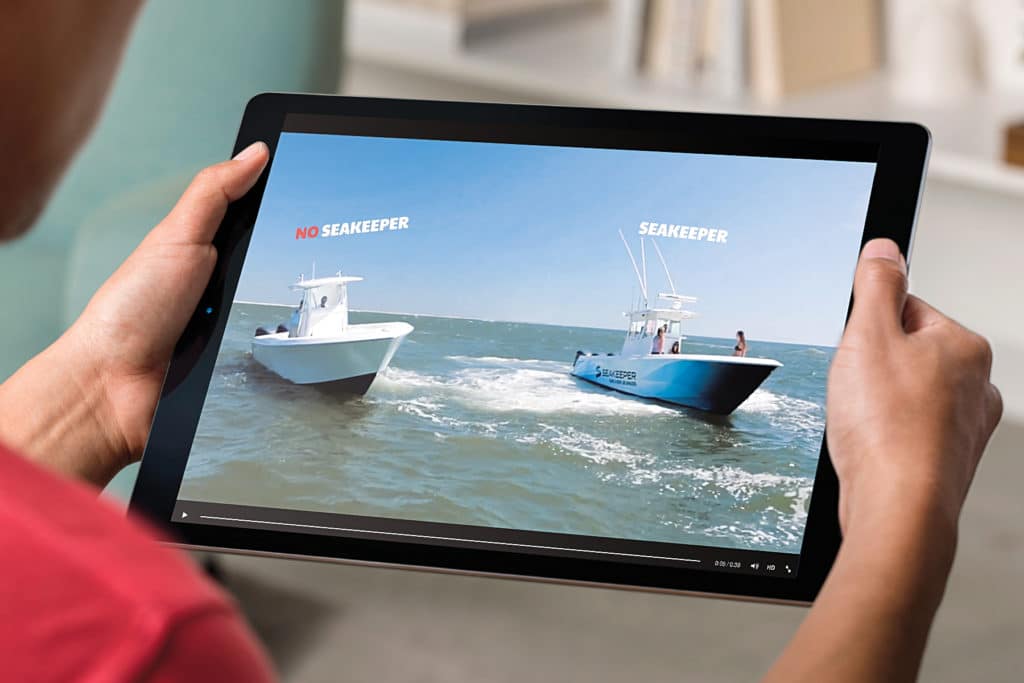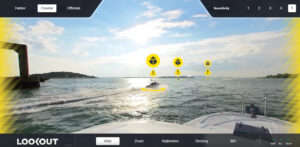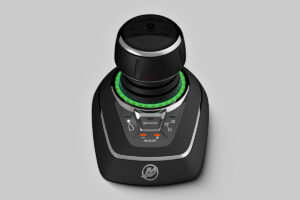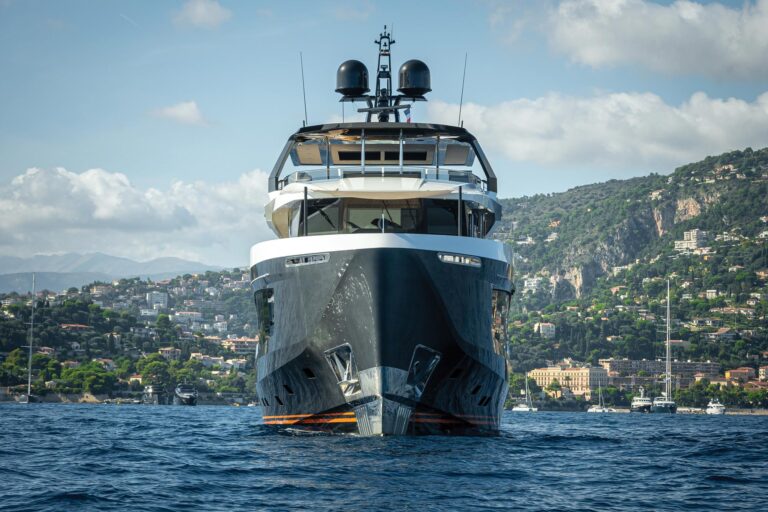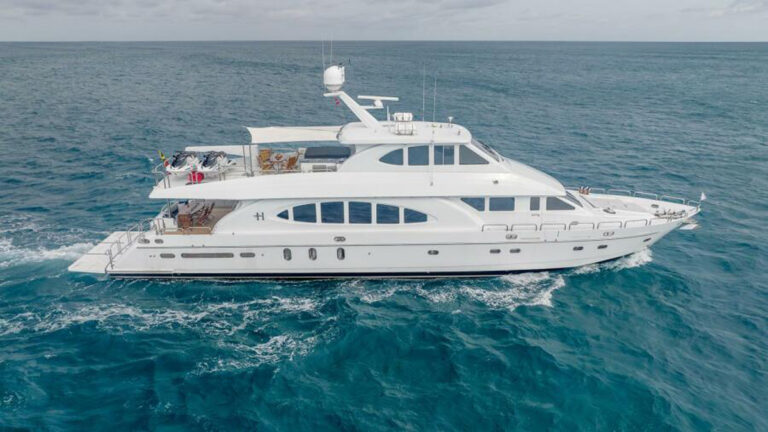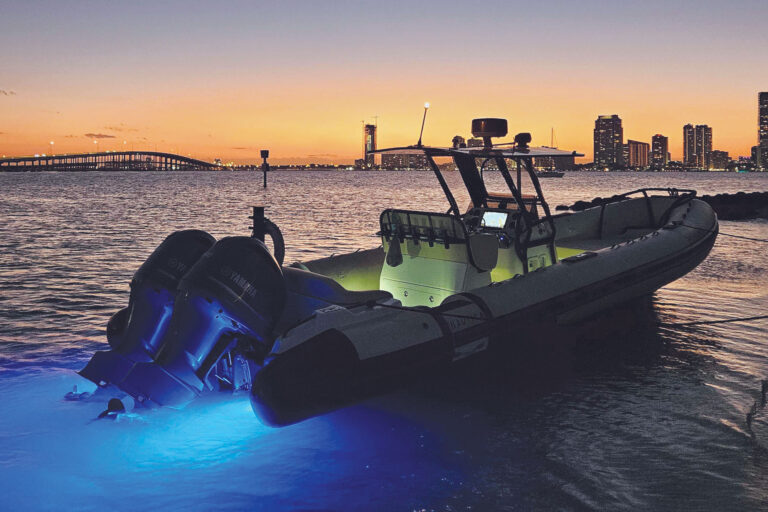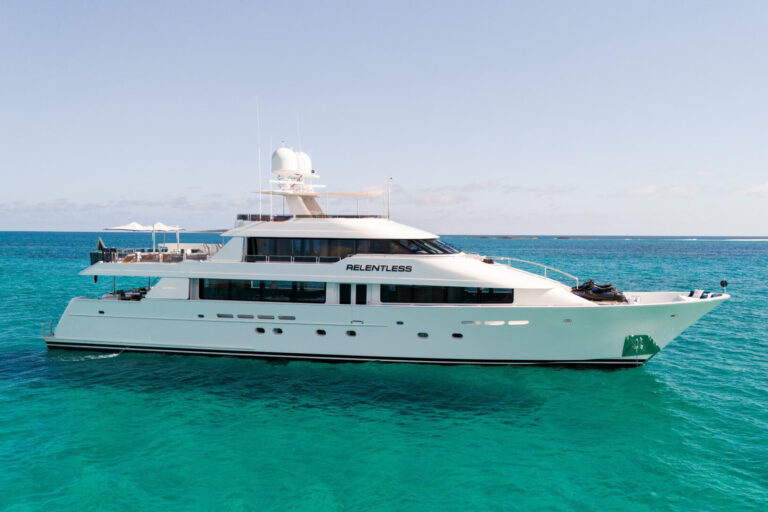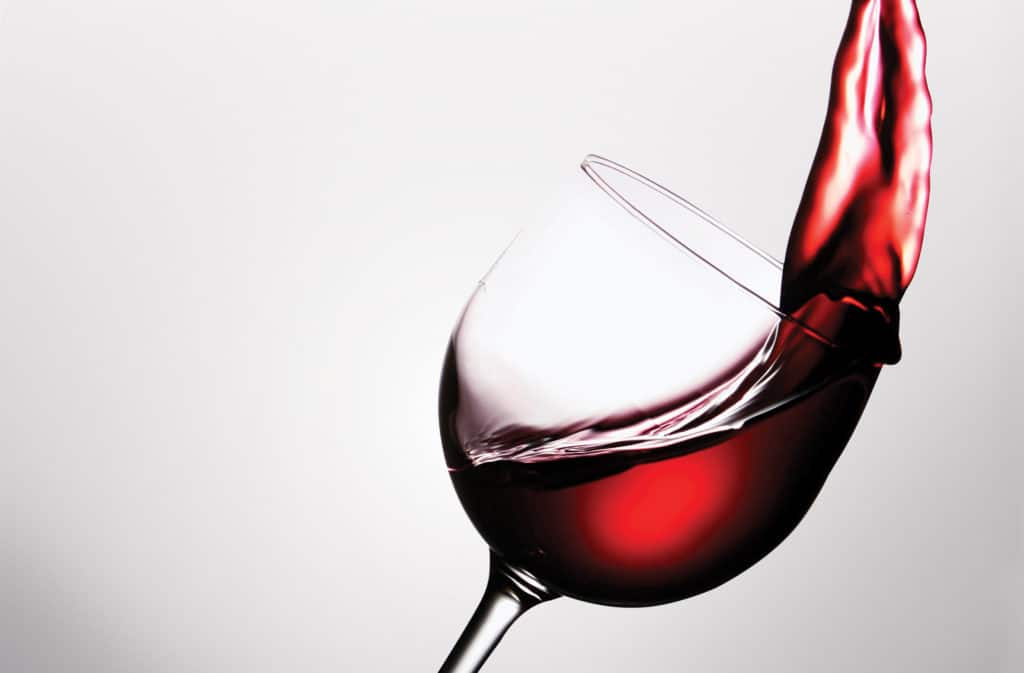
Last fall, yachting posted a video on Facebook showing how a Seakeeper stabilization system can level out a center-console in choppy water. Our online audience was so excited about this type of technology that they shared the 40-second video nearly 30,400 times. It reached more than 5 million people.
Now, from another corner of the marine industry, comes word from Volvo Penta that it has acquired a majority stake in Humphree, a Swedish company that makes stabilizing fins, trim systems and more. For several years, Volvo Penta has used Humphree as the supplier for its Interceptor System; the strengthening of the partnership now means yachtsmen can expect even more developments in terms of comfort at sea.
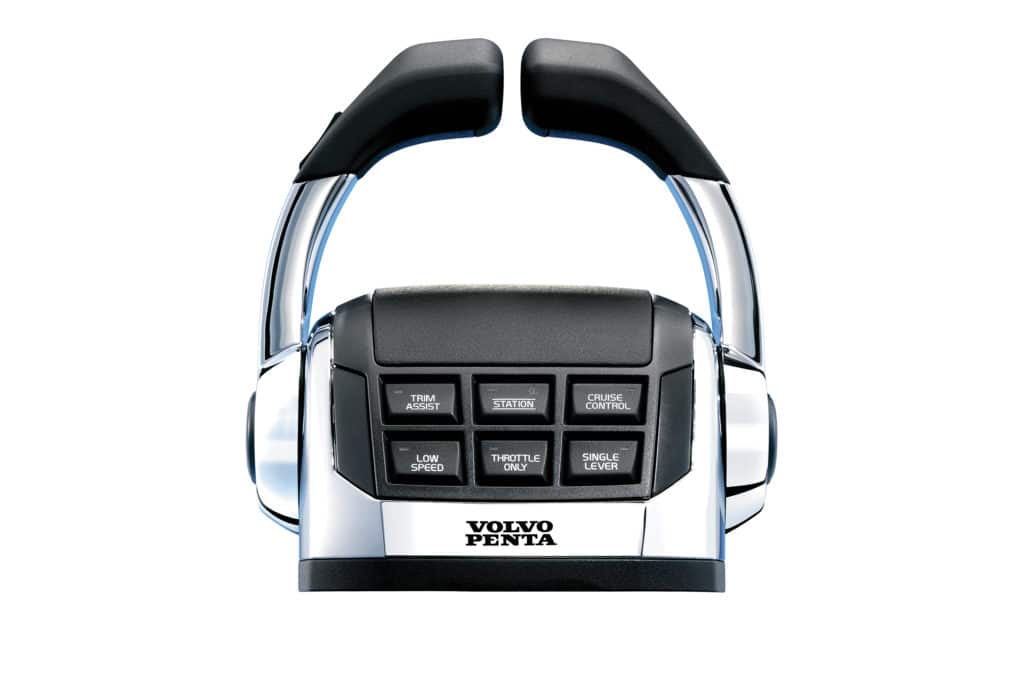
“Who knows what’s going to happen in five or 10 years from now, but what they’ve done with the equipment is a significant step,” Jens Bering, manager of product management for Volvo Penta North America, says of Humphree.
As an example of what is already possible, Volvo Penta recently outfitted a 70-foot motoryacht in the United States with a combination of stabilizing fins and Humphree trim tabs. This pairing generated zero-speed stabilization that Volvo Penta says is equal to what boaters get at-anchor with a gyro — while at the same time maintaining stabilization as the yacht increases in speed.
“It’s incredibly cool,” Bering says. “By having that integration, we were able to fine-tune everything. If you just think in terms of wide-open throttle, we were able to squeeze another knot. That’s usually a lot of horsepower. And we have also gained comfort. The beauty is, and it’s where I think this system has merit, you now have the whole speed range. It’s not just at 0 to 5 knots.”
“We believe that improving the boating experience will attract and retain more people in the wonderful quality of life that boating offers.”
Ron Huibers, Volvo Penta
Advertisement
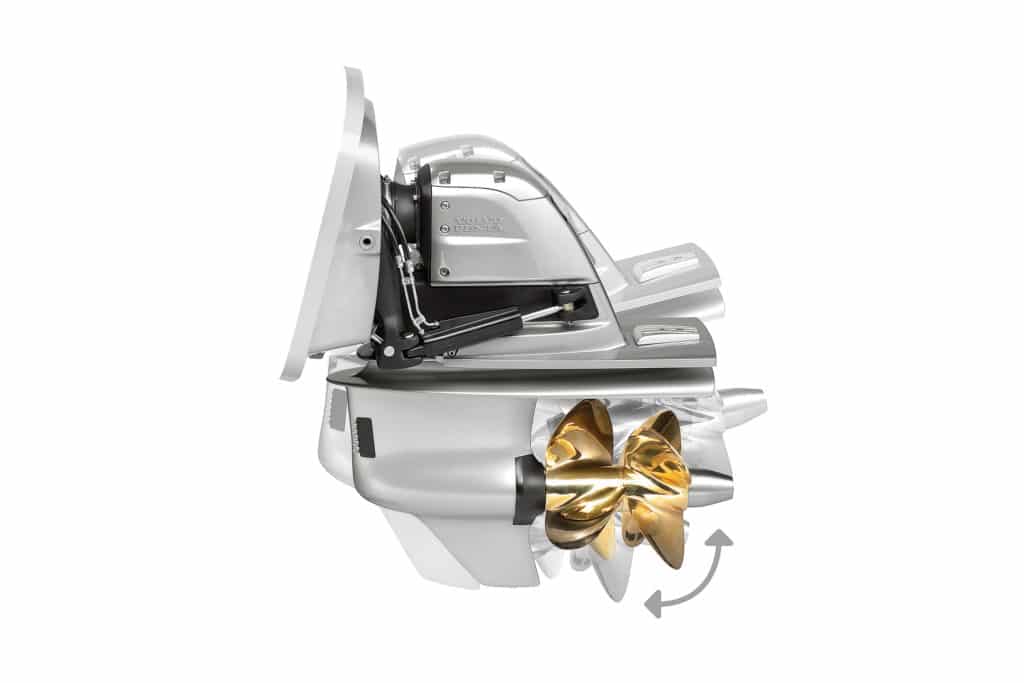
Marcia Kull, vice president of marine sales at Volvo Penta of the Americas, says that even the experts inside Volvo Penta and Humphree aren’t yet sure where the technological advances might lead them next, especially as different systems continue to be integrated. Their plan is to see how opportunities evolve, and then to decide which ones make the most sense to pursue.
“As quickly as technology is moving, is it all possible? Absolutely,” she says. “The question is: Where do you add the value? Not only in terms of what it costs, but also in terms of what it delivers. Does it make boating easier? Does it deliver a more reliable experience? If the answers are yes, that’s where we’re going.”
Overall, Volvo Penta sees making cruising more comfortable as part of its “Easy Boating” strategy. The goal is to integrate everything, from IPS drives to trim tabs, joystick docking, stabilizers and whatever the engineers might dream up next.
“Integration has been a part of our journey now for over 11 years,” Kull says, “and I continue to be surprised every day.”
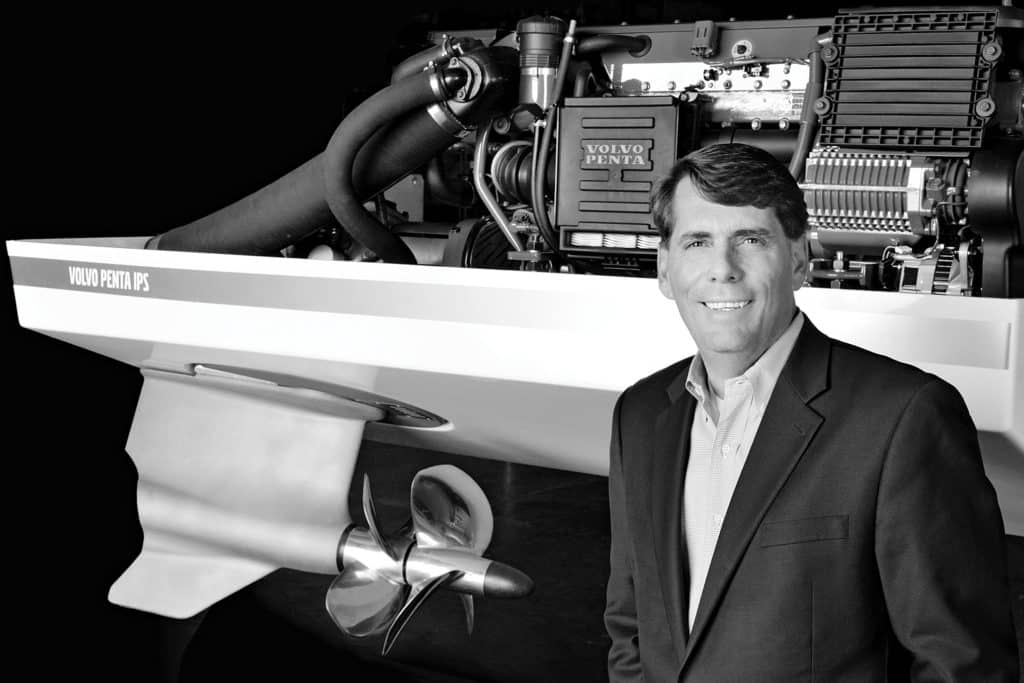
Viral Video: Seakeeper on Board
The 40-second video about the Seakeeper stabilization system that went viral from the Yachting Facebook page also generated a ton of enthusiastic reader comments. Some were impressed that a system could achieve such results without any through-hull fittings. Others asked how they could order a Seakeeper immediately for their tenders and fleet yachts. One fan tagged a Facebook friend and asked, “Where was this when we were in the Bahamas?” while another tagged a friend who gets seasick and commented, “Your life is about to change.” Seakeeper now offers models for boats from 30 feet to more than 100 feet length overall, weighing as much as 140 tons. Additional videos are posted on the company’s website.
